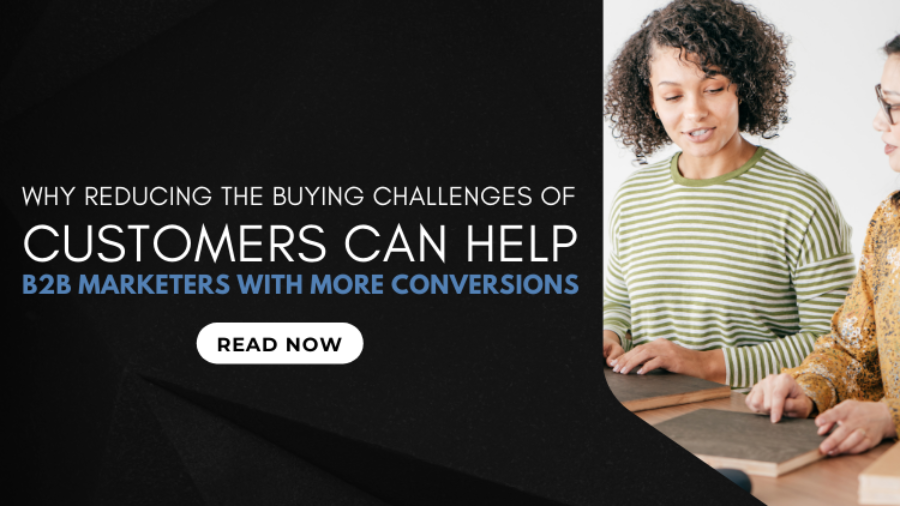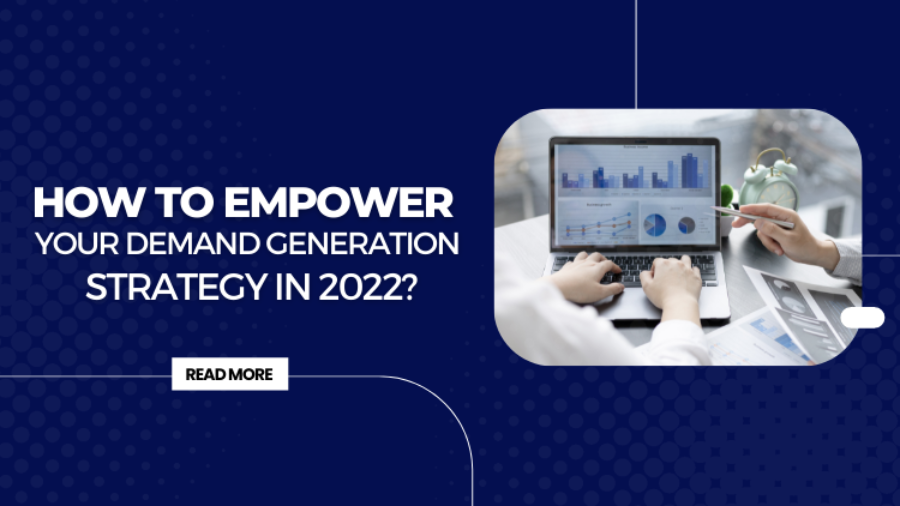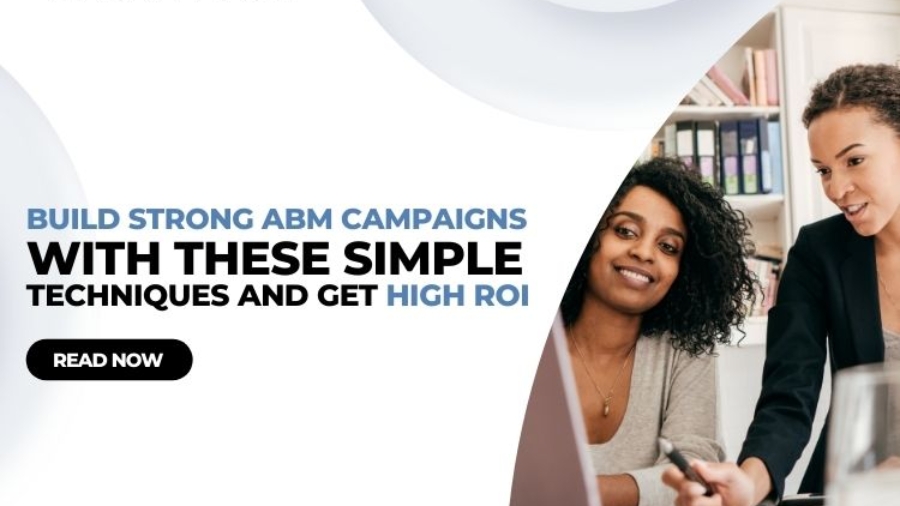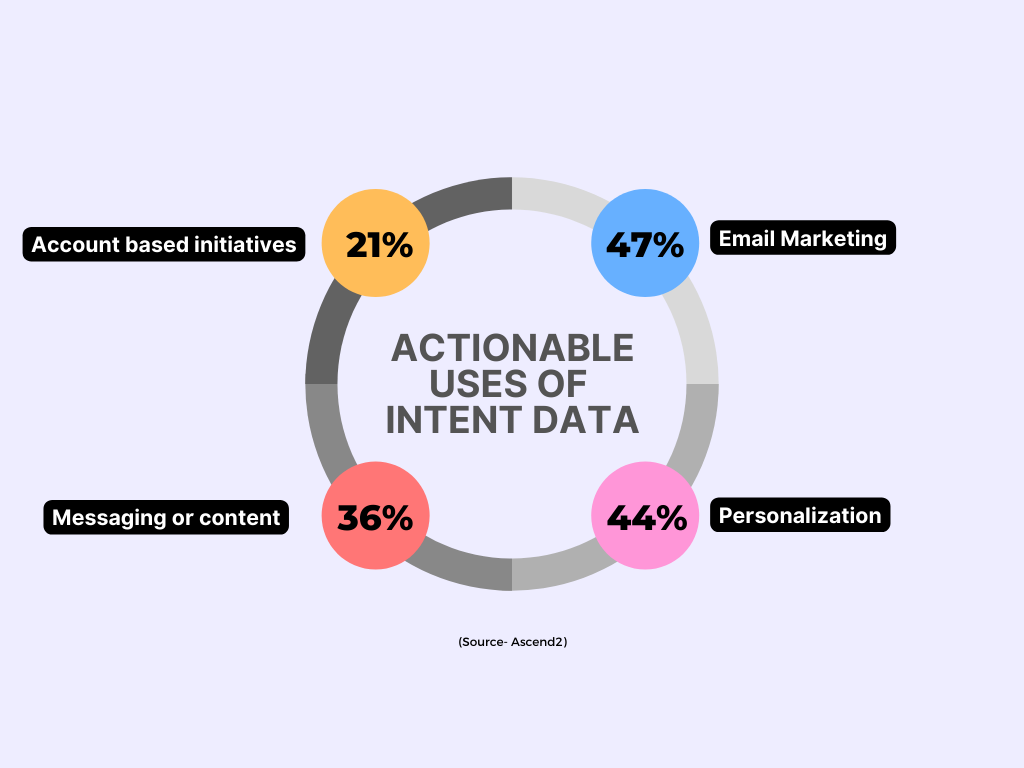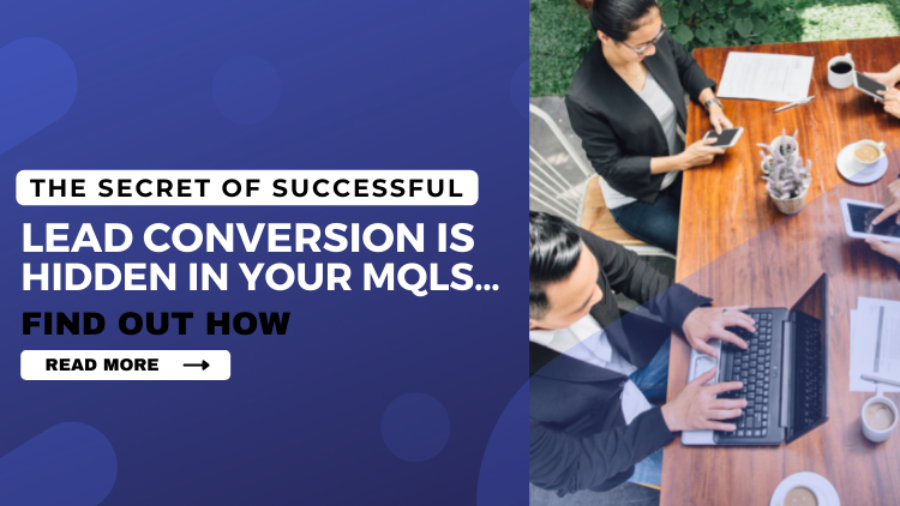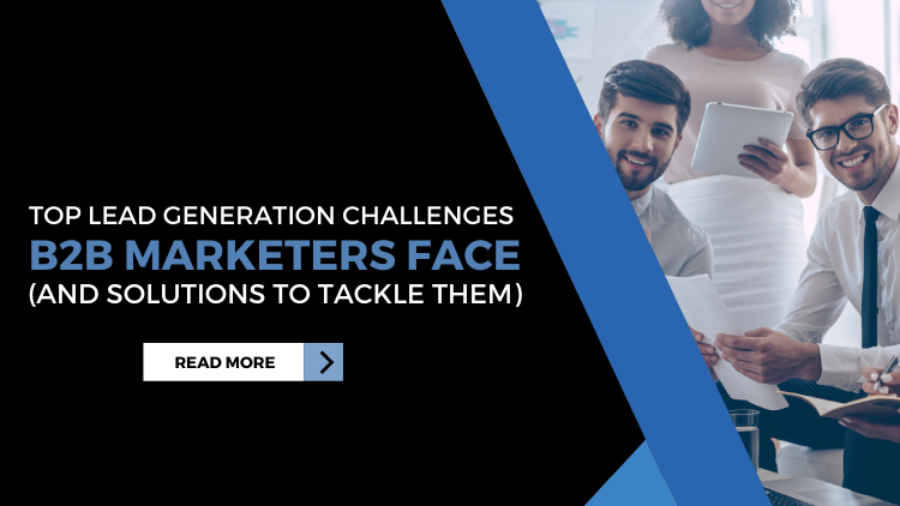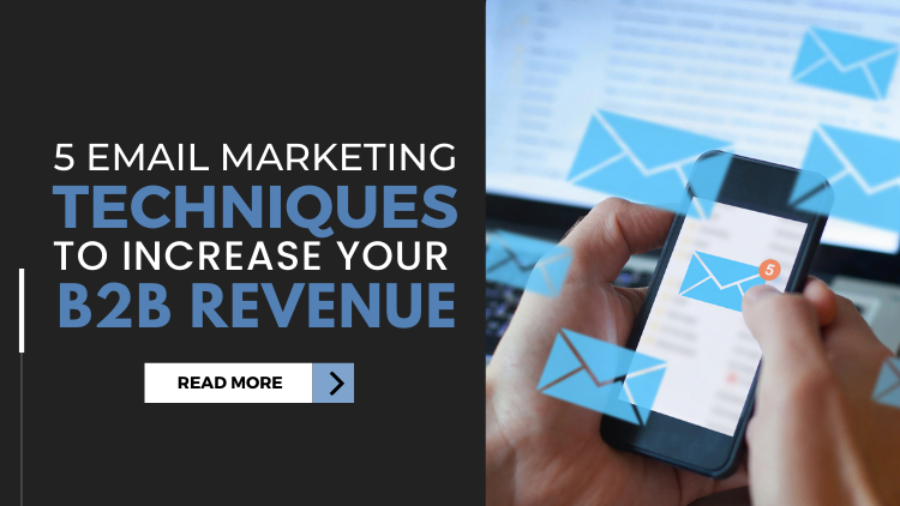‘The best way to make them buy is to help them buy!’ As a B2B solution provider and problem-solver, one must be aware of the b2b buying journey and the various challenges faced by the customers in that buying journey. With so many changes happening in the market, the b2b buying journey has also become more complex and it’s exhausting for customers to navigate through the complex b2b market. Helping the customers navigate through their buying journey can help marketers accelerate sales. Let us find out how!
B2B sales have never been that simple and the evolving b2b customer and his demands have made it even more challenging. Add to it the digital revolution, use of technology and tools that are empowering customers to make their own choices even before sales people get to talk to him; b2b customer engagement is becoming a bigger challenge day by day. But think of the buying complexities from the customer’s perspective and probably easing those challenges could be the solution for increasing the revenue and sales for marketers.
Though they have more choices and all the means to take decisions by their own, they still need help from marketers to arrive at a decision that will add value and revenue to their business. This is where the help from b2b marketers becomes most valuable.
According to Gartner, almost 75% of buyers agree that purchasing has become more complex and difficult.
Typically any b2b buyer has to go through different stages of the buying process. Knowingly, unknowingly they are navigating these different stages. Customers have to first know the problem that needs to get addressed, followed by the stage of exploring options available to them in the market. The next step is to select the right vendor with whatever knowledge they have or can get online and then it is about validating the choice again based on their knowledge of the vendor before they can finally reach a buying decision.
Come to think of it, the b2b customer in most cases is all alone in taking some of the significant buying decisions that are going to impact his business. If b2b marketers help the customer in navigating these various stages of his buying journey it would ease the customer’s challenges and this would in turn ease the b2b marketer’s challenges of customer engagement…this surely would be a win-win situation.
Here are some pointers that show how b2b marketers can ease the challenges of the b2b customer’s buying journey
- Know the customer well- You can only help him if you know what he is going through- in short, focus on the customer profile and know if you can really help him. Your solutions and his problems really need to align and only then can you be of some help to him. So in order to know that, conduct in-depth research on each buyer persona.
- Know his challenges– You can only offer that solution which is meant to solve their problems. Different customers have different challenges and they do not fully know how to navigate the buying journey. This is an opportunity for you to know if there is anything unique that you can offer in terms of solutions. If not then can you create customized solutions? Knowing their challenges can also help vendors determine whether their solution is in synch with the new struggles of customers in 2022.
- Be in front of your prospect– You must be present and be in front of your prospect. Because, by the time you reach him, he may have made his buying decision already. Generating demand and being in front of the customer with the right solution is one of the best ways to engage your customer.
- Create personalized communication– This is an important element of b2b buying and selling. Create personalized communication through email campaigns or through social media so it can ease the challenges of your customers who are searching for solutions.
- Content and insights– Buyer enablement is an important part of b2b success. It can help shorten the sales cycle and lead to quick customer engagement too. Marketers can achieve buyer enablement with the right content assets and information given to the customers at the right time. This can help customers take informed decisions and establish trust between the customer and the vendor.
Conclusion-
Buyer engagement is critical for successful lead generation. The best way to make them buy is to help them buy—if you follow this principle, may be it can reduce many of your b2b lead generation challenges and accelerate sales.
If you want to know how we have helped customers with incredible solutions, email us at contact@intellitechsoln.com

